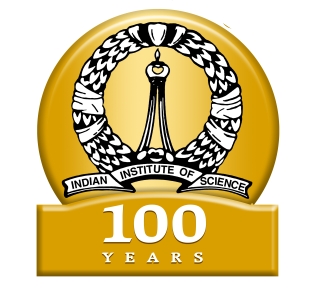Fermentable components of municipal solid wastes (MSW) such as fruit and vegetable wastes (FVW), leaf litter, paddy straw, cane bagasse, cane trash and paper are generated in large quantities at various pockets of the city. These form potential feedstocks for decentralized biogas plants to be operated in the vicinity. We characterized the fermentation potential of six of the above MSW fractions for their suitability to be converted to biogas and anaerobic compost using the solid-state stratified bed (SSB) process in a laboratory study. FVW and leaf litter (paper mulberry leaves) decomposed almost completely while paddy straw, sugarcane trash, sugarcane bagasse and photocopying paper decomposed to a lower extent. In the SSB process between 50–60% of the biological methane potential (BMP) could be realized. Observations revealed that the SSB process needs to be adapted differently for each of the feedstocks to obtain a higher gas recovery. Bagasse produced the largest fraction of anaerobic compost (fermentation residue) and has the potential for reuse in many ways.
Keywords : Municipal solid wastes (MSW) . Fermentation wastes . Solid-state stratified bed (SSB) .BMP
![]()
Environ Monit Assess DOI 10.1007/s10661-007-9712-4 |
Received:23June2006/Accepted:14November2006  |


